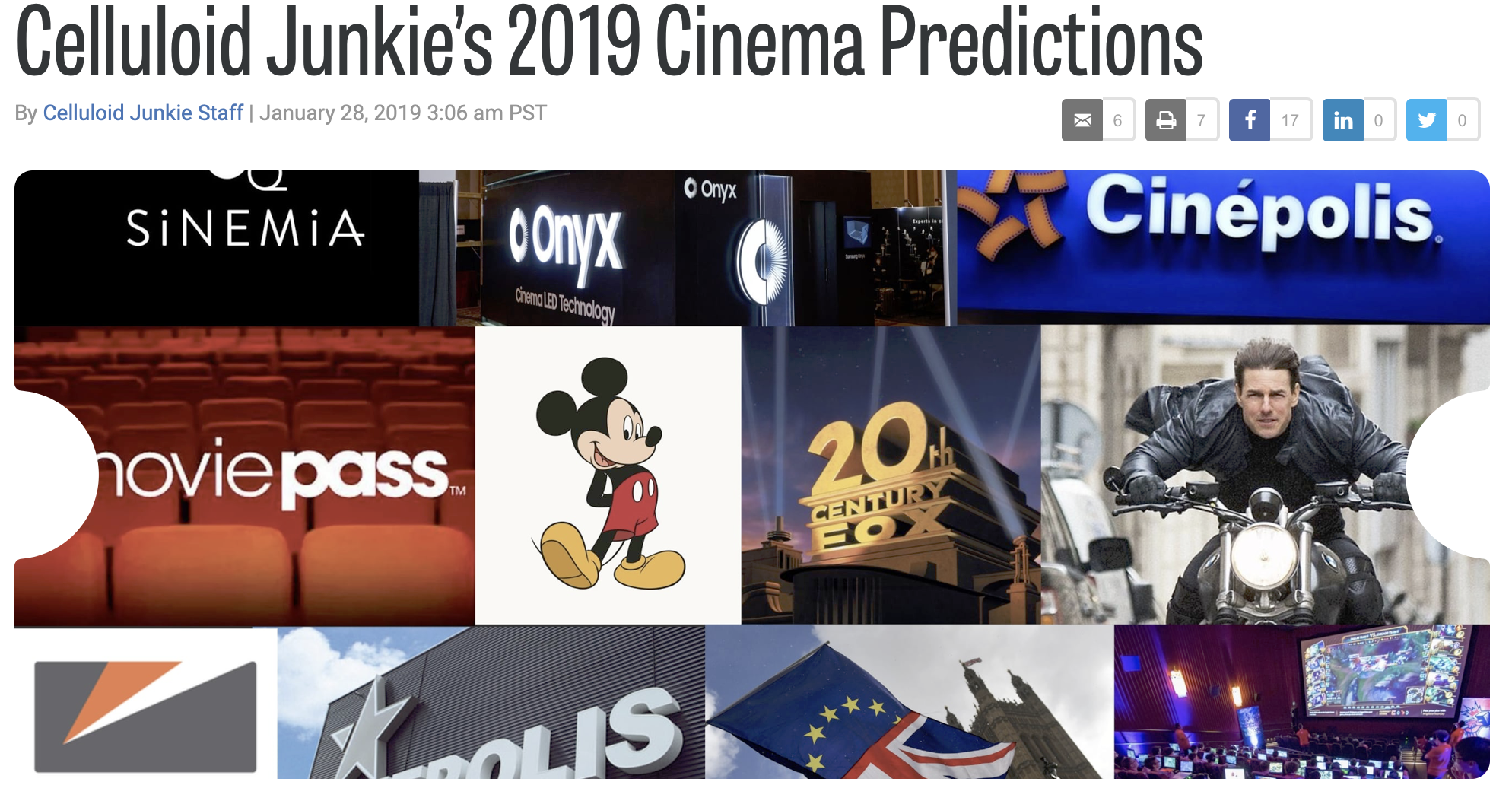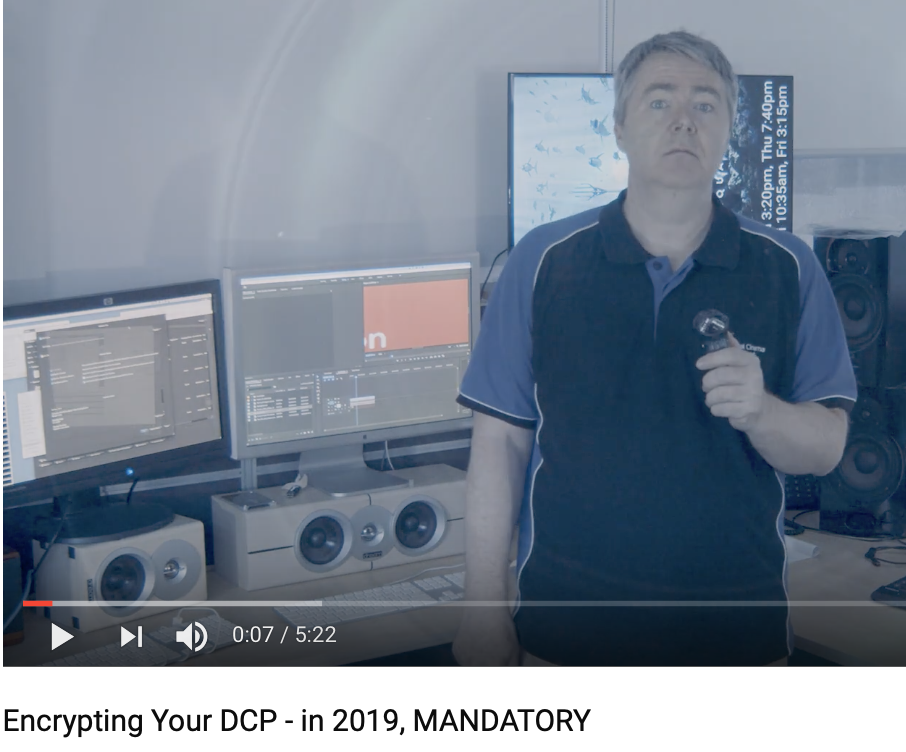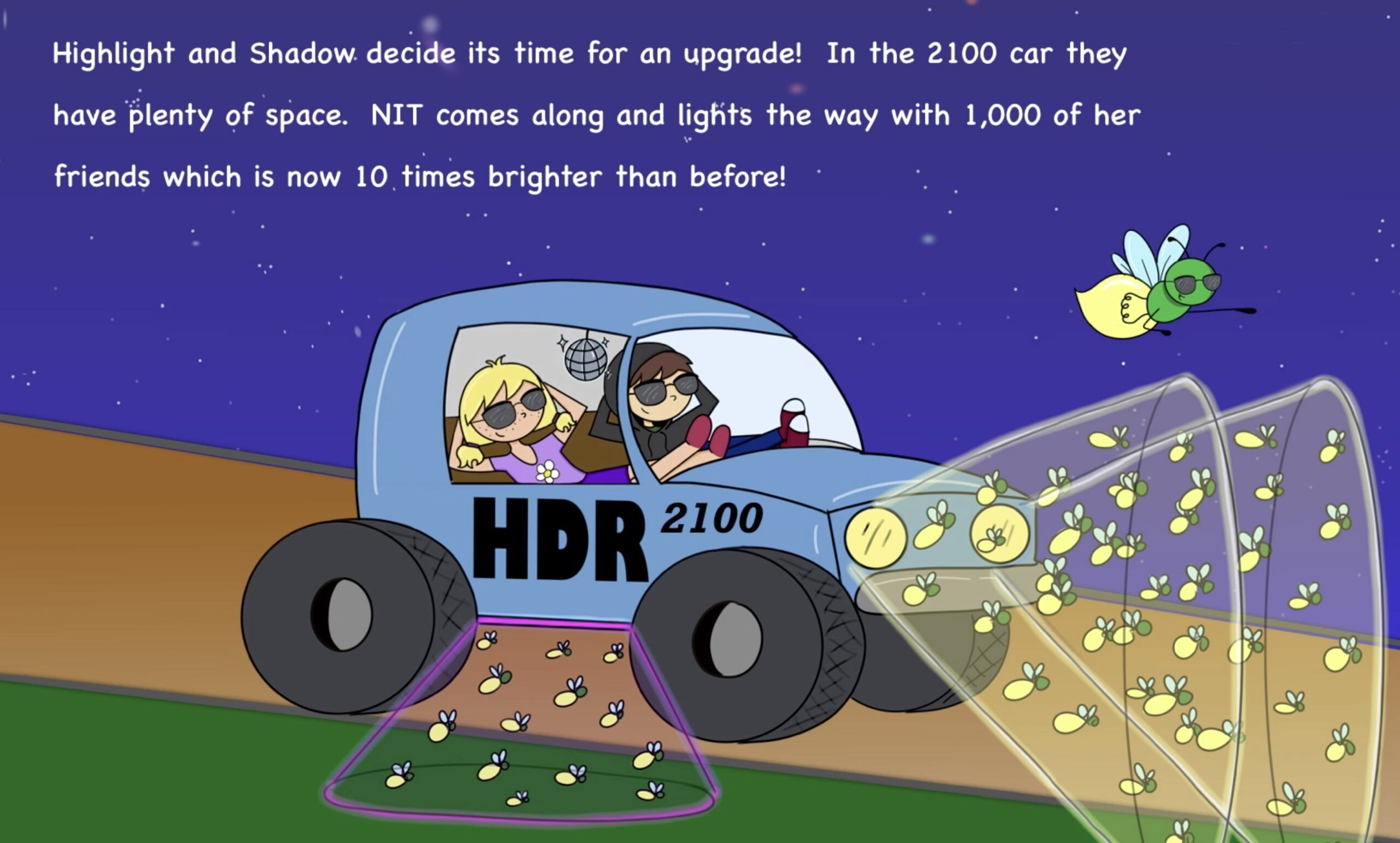The ZRD-2 LED Display system was shown at CinemaCon in 2016, the same year that Samsung showed the ONYX system, and announced that it had passed the CTP. At the time and to this day the spec sheets show that it is a 10 bit system, but will doubtless become a minimum of 12 bits to comply with the DCI Specifications. Unlike the CTP, which do not test for imagery or sound quality, the DCI Specifications do. On their front page they mention:
Having passed the CTP in its current form, DCI has now listed a direct-view screen system as compliant. However, DCI has not performed a comprehensive assessment, similar to original system testing, of the imagery of direct-view systems. DCI is taking steps to add new tests to future versions of the CTP. In the interim, DCI encourages consultation with industry experts to ensure a thorough understanding of the issues and limits, if any, with direct-view systems.
The Sony system has a pitch that is twice as fine as the 2.5 pitch of the ONYX system. While that means that people can stand twice as close to it without seeing pixels (the Samsung rule of thumb is that the first row of viewers should be 16-20 feet back), it bring even more pressure to bear on building systems in appropriate sizes without running into the problem of scaling by non-integer amounts, or building a 8K system to get twice the size…or higher.
LG is the next rumored player, and there are others which have been interested in the Cinema exhibition market for a long while. Since TI was only able to handle 3 subcontractors for their DMD DLPs, Sanyo couldn’t enter the market as they wanted to and since they have now been consumed by Panasonic – which also had an interest in cinema perhaps they will renew their interest. Now that their VariCam cameras have a high-impact hit, perhaps they will want the marketing impact of being an end to end supplier in the professional world to augment their consumer world.
One more thing to talk about during the coming on the 22-25th of October.




